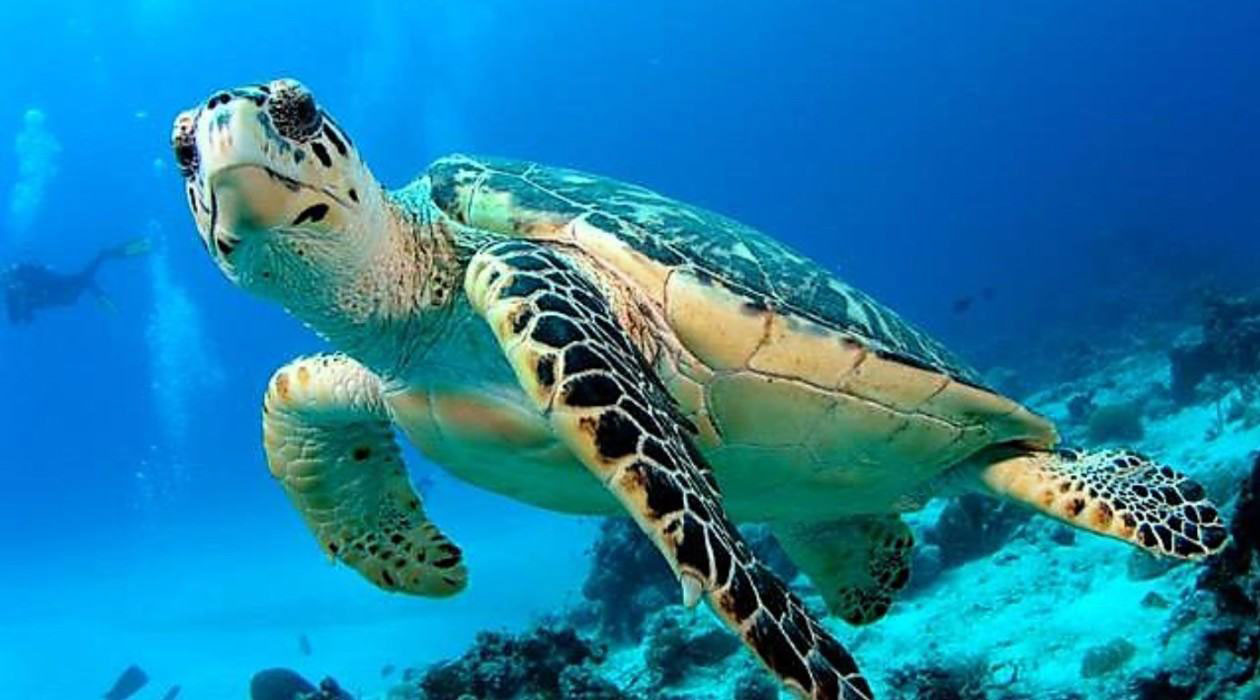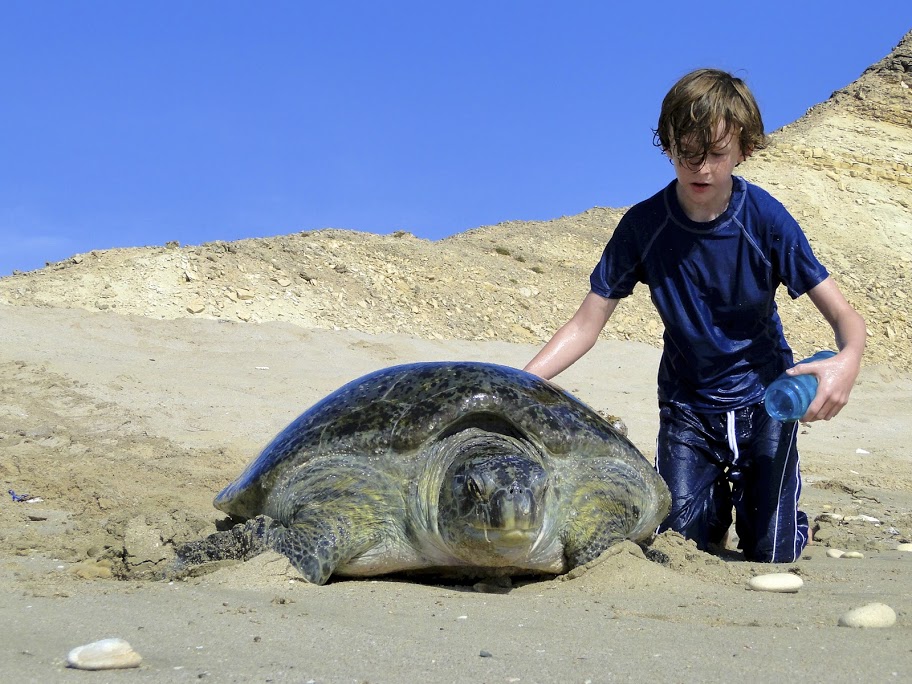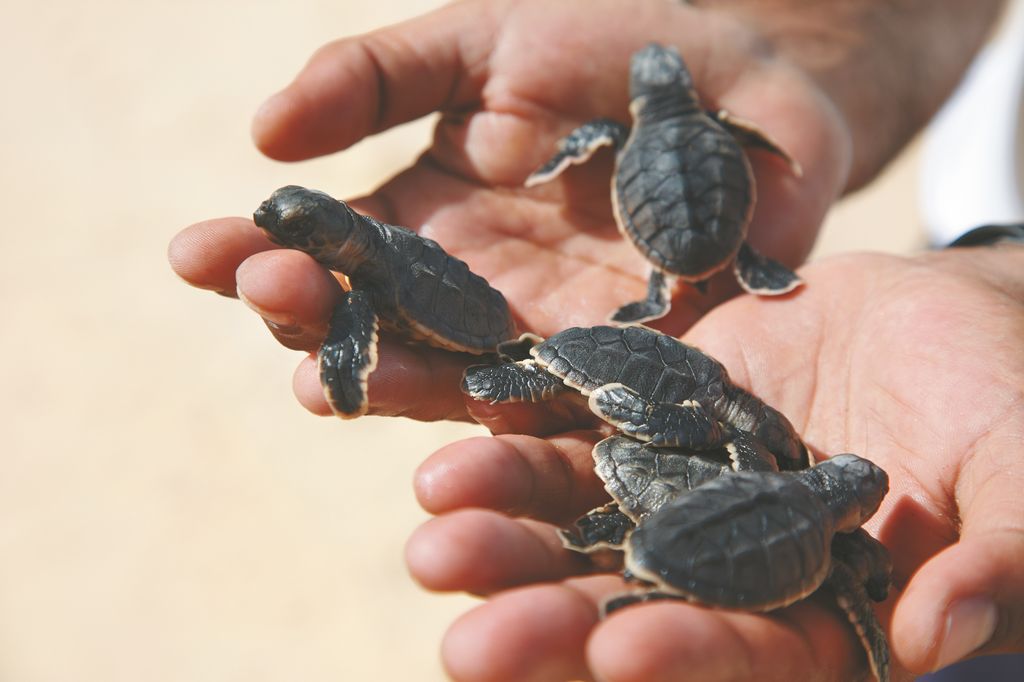
Rzecz o pamięci, czyli jak się uczyć
Repetitio est mater studiorum, łacińska sentencja oznaczająca ‘powtarzanie jest matką nauki’ nawiązuje do opisanego dziś tematu.Tym razem chciałbym napisać kilka słów o tym, w jaki sposób przebiega tak istotny dla nas proces zapamiętywania.
Mózg zbudowany jest z ok. 100 miliardów komórek nerwowych – neuronów. Chociaż różnią się one nieznacznie między sobą, każdy neuron ma kilka wypustek zwanych dendrytami (odbierają one impulsy od innych neuronów) oraz zazwyczaj jeden długi „wyrostek” – akson, który wysyła sygnały do innych neuronów.
Jego rozgałęziony koniec może łączyć się nawet z 10 000 innych neuronów. Połączenie aksonu z dendrytami to synapsy. Komunikacja w synapsach między aksonem i dendrytami następuje za pomocą substancji chemicznych – neurotransmiterów, natomiast wewnątrz neuronu występują sygnały elektryczne.
Oto jak w skrócie przebiega proces uczenia się:
Informacje z narządów zmysłów: słuchowe, wzrokowe, smakowe, zapachowe, dotykowe przekazywane są do receptorów tych narządów zmysłów (jak już wiesz, znajdują się one w wielu częściach mózgu). Poprzez połączenie synapsami wędrują one do kolejnych neuronów. Dzieje się to na takiej zasadzie, że gdy neuron osiągnie pewien potencjał elektryczny, następuje wyładowanie i poprzez akson – synapsę – dendryt, za pomocą neurotransmitera sygnał jest przekazywany do następnego neurona itd.
W ten sposób impuls krąży między kolejnymi neuronami i to jest właśnie pamięć krótkotrwała. Jest to CZYNNOŚĆ. Im dłużej neurony pozostają w stanie wzbudzenia impulsem elektrycznym, tym lepiej – jest większe prawdopodobieństwo, że wytworzą się stałe połączenia między neuronami, utworzy się STRUKTURA, czyli pamięć długoterminowa.
Jeżeli chcemy przyjrzeć się procesom uczenia się, najważniejsza informacja, którą możemy wyciągnąć z wiedzy o mózgu, jest taka, że w uczenie się i zapamiętywanie zaangażowane są różne części mózgu, a im większą ilością różnych kanałów nowa informacja dociera do kory mózgowej, tym więcej i tym trwalsze będą ślady neuronowe w korze mózgowej. Dlatego tak wielkie znaczenie ma powtarzanie materiału: utrwala się połączenia między neuronami i pozwala na przejście informacji z pamięci krótkotrwałej do długoterminowej.
Wojciech Gajewski
Turtle adventure, Oman
„Take a walk with the turtle.
And behold the world in pause.”
*Bruce Feiler
The true beauty of travelling is to see the mesmerizing nature, trees, plants, flowers and animals. The trip to Oman was no exception. I visited Ras al Jinz, The Sea Turtle Reserve. And let me tell you, those magnificent creatures are well worth a visit both day and night.
Ras al Jinz is an important habitat for the green turtle, Chelonia mydas around the Indian Ocean. The reserve was set up in 1996 in order to protect this endangered species and help to educate about it.

It was already dark outside. We were waiting for our local guide. When he came, we found out that his English was very poor. We jumped into his 4×4 jeep with another couple and we drove to meet our adventure. After 15 minutes of drive, we arrived to the beach. It was covered with some sort of bamboo screen.
It was pitch-black. We could hardly see anything except the moon and the sky filled with stars above us like tiny little lanterns. We could also hear the soothing sounds of the waves hitting the strand. It was truly mesmerizing. We felt like the time stopped for a while. We stood there without a word gazing at the stars until our guide called us to come to join him closer. He spotted a huge turtle ready to lay the eggs. It seemed like a one actor show. The huge turtle and us, deaf audience gaping at this most intimate moment. The female dug a hole of 14 inches in depth with her hind flippers and deposited her eggs. The hole was then covered up again. Usually clutch size ranges between 85 and 200, depending on the age of the female.

This process took about an hour to an hour and a half. The hatchlings remain buried for days until they all emerge together at night. The temperature of the nest determines the sex of the turtles before they hatch. At around 50 to 70 days, the eggs hatch during the night, and the hatchlings instinctively head directly into the water.
After few minutes we saw many hatchlings breaking free from the egg shells and making their way up the hole the mother turtle dug. There were like 50 of them going different directions. We collected them into a large basket. Then we all released them to the sea. It was beautiful! We stood there at the sand admiring this beautiful show.
It is the most dangerous time in a turtle’s life. As they walk, predators, such as gulls and crabs, feed on them. It is estimated that only 1% of hatchlings reach sexual maturity.
We were lucky enough to witness both laying the eggs and hatching. If you ever happen to be in Oman, I highly recommend this trip!

*Bruce Feiler (born October 25, 1964) is an American writer and television personality
Vocabulary
behold – to see, look upon, or gaze at (kontemplować)
mesmerizing – to spellbind; enthrall (fascynujący)
habitat – the natural environment of an organism (środowisko życia)
screen – a movable device, especially a framed construction such as a room divider or a decorative panel, designed to divide, conceal, or protect (parawan)
pitch-black – extremely dark; unlit (ciemno jak w grobie)
lantern – an often portable case with transparent or translucent sides for holding and protecting a light (latarnia)
soothing – having a calming, or relieving effect (kojący)
lay the eggs – to produce and deposit (znosić jajka)
gaze – to look steadily and intently, as with great curiosity, interest, pleasure, or wonder (· wpatrywać się)
deaf – partially or completely lacking in the sense of hearing (głuchy)
gape – to stare with open mouth, as in wonder (rozdziawić usta)
hind – located at or forming the back or rear (tylny, zadni)
flippers – a wide flat limb, as of a seal, whale, or other aquatic mammal, adapted for swimming (płetwy, tuː kończyny)
clutch – the complete set of eggs produced or incubated at one time (wylęg)
hatchling – a young animal that has newly emerged from an egg (młode)
emerge – to come into view (pojawiać się, wyłaniać się)
the egg shells – a similar outer covering on certain eggs, such as those of birds and reptiles (skorupa)
predator – an organism that lives by preying on other organisms (drapieżnik)
gull – any of various chiefly coastal seabirds of the family Laridae, having long wings, webbed feet, a thick, slightly hooked beak, and usually gray and white plumage (mewa)
